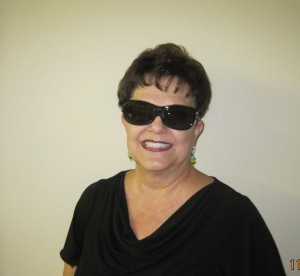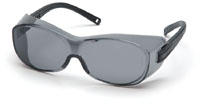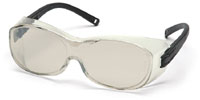Occupational hearing loss is an important issue that employers must not only acknowledge but also take precautionary measures to prevent. When your employees work in a dangerously loud environment, without preventive measures in place, they are risking their health and safety on your watch. You may be surprised to know that an environment only needs to have a noise level of 85 db to begin causing damage to the human ear.
A kitchen blender, diesel truck, and city traffic all fall within this range; a noise level most of us don’t think twice about. It only takes a few hours of unprotected hearing before this range (or higher) begins to do irreversible damage. Here are a few examples of ways your company can promote hearing conservation in the workplace.
Provide Employees with Hearing Protection
Hearing protection should be compulsory for employees in all noisy areas. This is made easier when employers have ample hearing protection available that is conveniently located in an area proceeding a workplace with higher noise levels. Mark the area clearly with signs. Consider holding a safety class to educate employees on noise levels in their workplace, proper ways to use the hearing protection, and the risk they take if they choose not to use it.
Decrease Workplace Noise Level
As well as promoting hearing protection awareness in the workplace, you can also take steps to decrease the amount of noise as a whole. Setting a noise target will help your company create a plan, and you will be able to make adjustments accordingly. Consider upgrading older equipment and machinery to quieter newer models and purchase new machinery that has noise control as part of its intended design. Simpler, less expensive measures can also be taken to effectively lower noise in the workplace. Carpeting or other types of noise barrier between certain machinery and employees can be effective at reducing noise levels.
Create Hearing Protection Zones
By clearly marking zones with higher noise levels, workplace hearing awareness will be increased. As a responsible employer, hearing protection should be required in any marked zone. The hearing protection zone should have clear signs that not only mark the area as a dangerous noise area, but also remind employees to use their hearing protection before entering.
Initiate a Workplace Safety Code
To strengthen the importance of workplace safety within your company, you may wish to consider including an official addition on hearing conservation and safety in general in your company code of conduct. Not only does this reinforce safety protocol, but it shows that your company takes employee safety very serious.
Excessive noise does much more than cause hearing damage for your employees, studies have shown that working in a noisy environment increases stress levels, impacts emotional and psychological well-being, and lowers concentration. Chances are if your company operates with a noisy workplace, employees concentrating on the job at hand is likely detrimental to job safety and the smooth running of the work environment. As an employer you are legally responsible for the well-being of the employees who work for you; hearing safety is vitally important for their safety and your own.
Jessica Galbraith is a writer who has worked in several workplaces under excessive noise. As an advocate for hearing conservation, she also runs a small business entrance mats enterprise. Sent to us by Debbie Allen.


